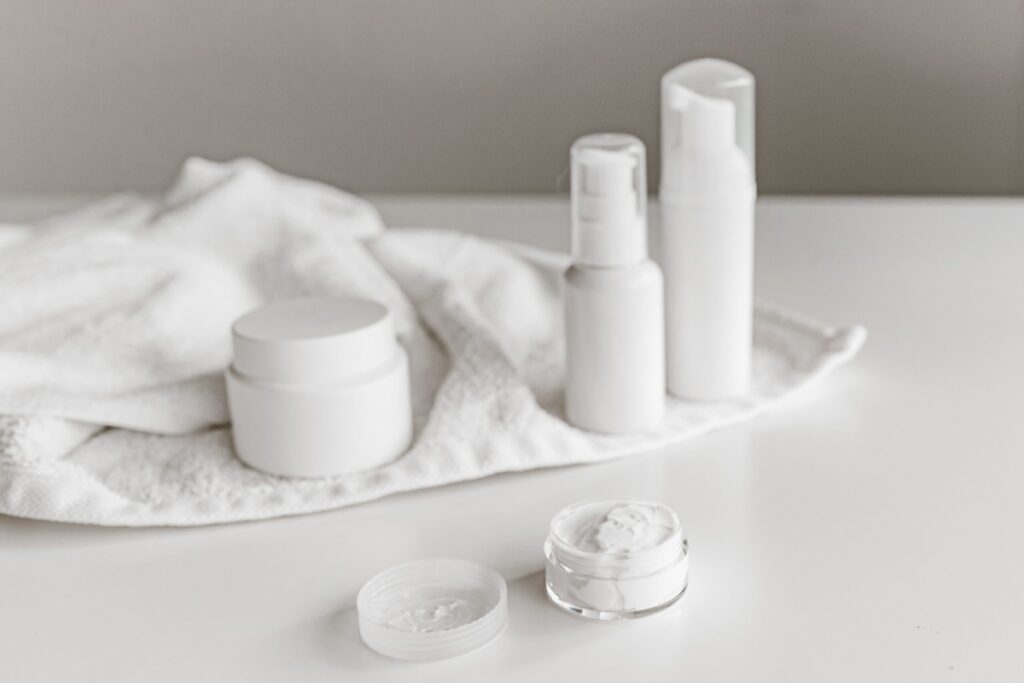As you wake up to a beautiful sunny morning, it’s essential to consider the impact of those bright rays on your skin. Before stepping outside, let’s discuss how you can protect and nourish your skin. That’s where SPF comes into play, shielding your skin from the damaging effects of the sun. In this comprehensive guide, we’ll dive deep into the benefits of SPF in skincare.


What is SPF?
SPF, or Sun Protection Factor, is your secret weapon against the harmful ultraviolet (UV) rays emitted by the sun. These rays can penetrate your skin, causing premature aging, sunburns, and even skin cancer. But fear not! SPF acts as a protective barrier, absorbing and reflecting those harmful rays to keep your skin safe and healthy.
Common Types of SPF for Different Skin Types
Just as every skin is unique, so are the options for SPF protection.
If you have sensitive skin, seek out sunscreens specifically designed to cater to your needs. Look for terms like “sensitive skin sunscreen” or “natural sunscreen for face” on the label. These sunscreens often contain gentle, hypoallergenic ingredients that minimize the risk of irritation while providing optimal protection.
If you’re inclined towards a more natural approach, mineral sunscreens are the way to go. Packed with ingredients like zinc oxide or titanium dioxide, these sunscreens create a physical barrier on your skin, deflecting those UV rays away.
Mineral sunscreens are especially popular among those who prioritize organic skincare products for their face.
How to Apply SPF Properly to Achieve Maximum Protection?
So, you’ve got your hands on the perfect SPF product, but how do you ensure you’re maximizing its benefits? Here’s the lowdown on proper application to make sure your skin stays shielded.
Firstly, opt for a sunscreen with a high sun protection factor, preferably SPF 30 or higher. Apply a generous amount to cover all exposed areas of your body, including often-neglected spots like the ears, neck, and tops of your feet.
But remember, applying sunscreen isn’t a one-time deal! Reapplication is key, especially if you’re spending extended periods outdoors or engaging in water activities.
The best sunscreen for the face in may vary, but one thing remains constant: consistent reapplication every two hours or immediately after swimming or sweating excessively.
The Advantages & Disadvantages of Using SPF in Skincare Products
As with any skincare decision, it’s essential to weigh the advantages and disadvantages of incorporating SPF into your routine.
One common consideration is the choice between chemical and physical sunscreens. Chemical sunscreens work by absorbing UV rays, while physical sunscreens create a protective shield that reflects them.
Chemical sunscreens often offer lighter textures and are suitable for everyday use. However, if you have sensitive skin, physical sunscreens might be more beneficial, as they are less likely to cause irritation.
By choosing the right SPF product for your skin type, applying it correctly, and considering expert insights, you can ensure your skin remains healthy, radiant, and well-protected.
So, embrace the power of SPF and make it a non-negotiable part of your skincare routine.



